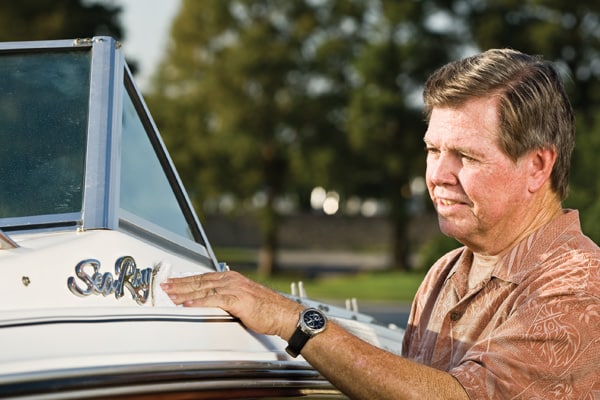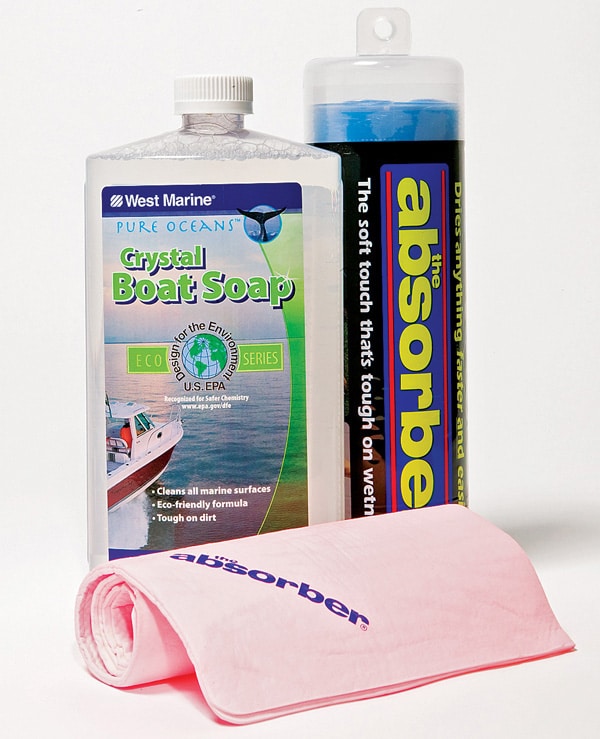
Well-Kept Boat
Best Solutions For The Long Run: Marine-grade Soap and Polish
The advantage of a marine-grade soap is that it removes oxidation and chalk while leaving behind a protective polymer coating. A marine-specific polish seals the surface, bounces off harmful ultraviolet rays and also applies a protective coat.
Boat Wax – Use a synthetic wax that blends with UV protectants to repel water and reduce fading. They’re easy to apply: Spray on, wipe dry.
Drying Skin – We use a soft product called The Absorber on our boats and cars. It pulls more liquid off surfaces than a towel, with less wringing. There’s no fuzz or threads to come loose either.
The Perfect Pole – This long pole from Swobbit holds a variety of cleaning attachments and has a patented “no look” tracking system for foolproof adjustments.
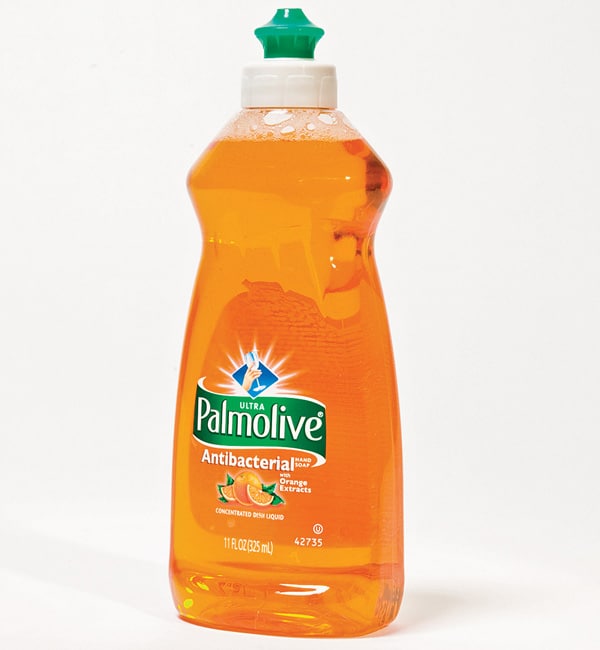
Well-Kept Boat
Worst Solutions For The Long Run: Dishwashing Soap
Liquid dishwashing soap might wash off visible dirt and grime. But it also opens pores in the fiberglass, allowing it to hold dirt and trap light instead of reflecting it.
Ammonia-based Cleaners – Window cleaners and household spray cleaners have ammonia, which dissolves acrylic in vinyl, fiberglass and plexiglass. Soon after using it, crazing, hazing and cracking will destroy the look of your boat.
Traditional Paste Wax – Aside from an unnecessary workout, many traditional waxes lack protectants to shield oxidation.
Bath Towels – A towel can hold only so much water before it starts to just spread the water around. Use the towels to wipe up spills, and leave the windshield and fiberglass wipe downs to something more absorbent.
Bristled Brush – It might get the toughest scum lines out, but a hard-bristle brush can leave tiny scratches and take away the protective layer from the gelcoat. Think of it like a toothbrush on sensitive teeth.

Well-Kept Boat
Comparing Covers
Polyester – Strength is the best characteristic of this fabric. The trade-off is that the tough texture can’t hold color dyes, causing them to eventually bleed onto the hull.
Acrylic – It retains color, but the soft, porous fabric is prone to wear and tear with time, leading to water collecting inside the boat, which in turn leads to mold and mildew.
Top Notch 840 – This fabric combines the colorfast benefits of acrylic and the toughness of polyester, settling the debate over which cover is best for a well-kept boat.
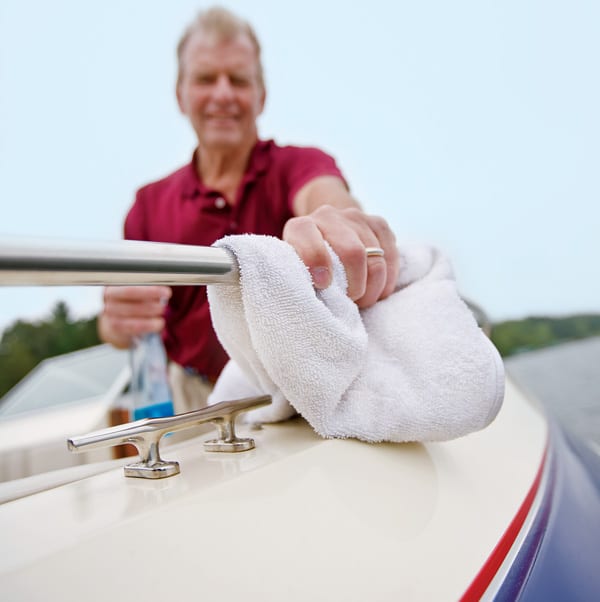
Well-Kept Boat
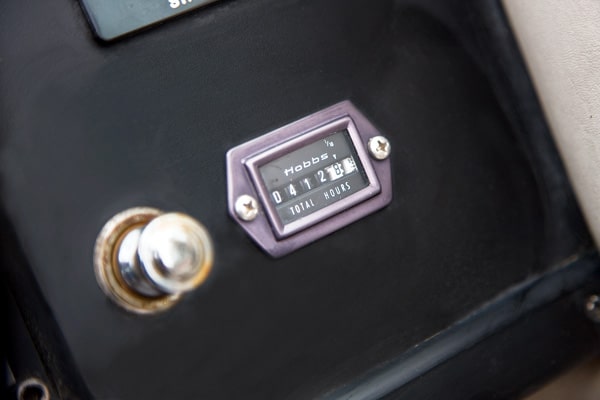
Well-Kept Boat
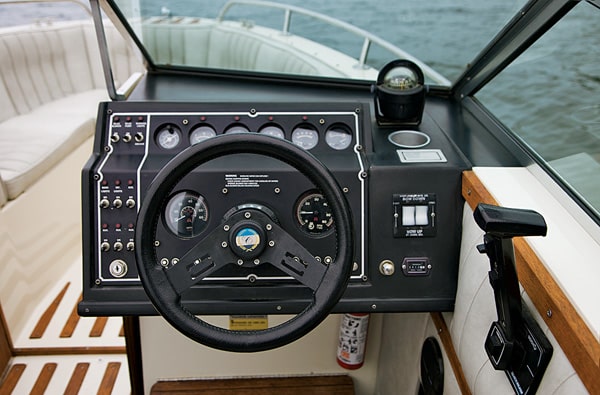

Well-Kept Boat
